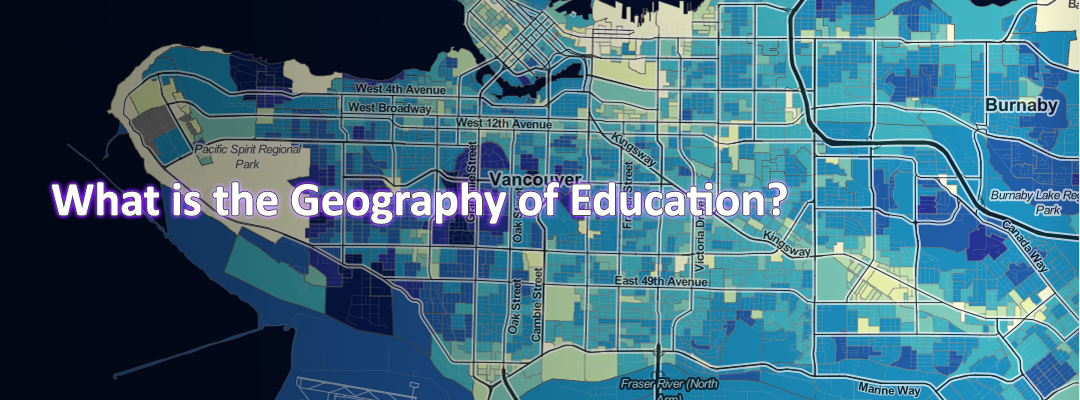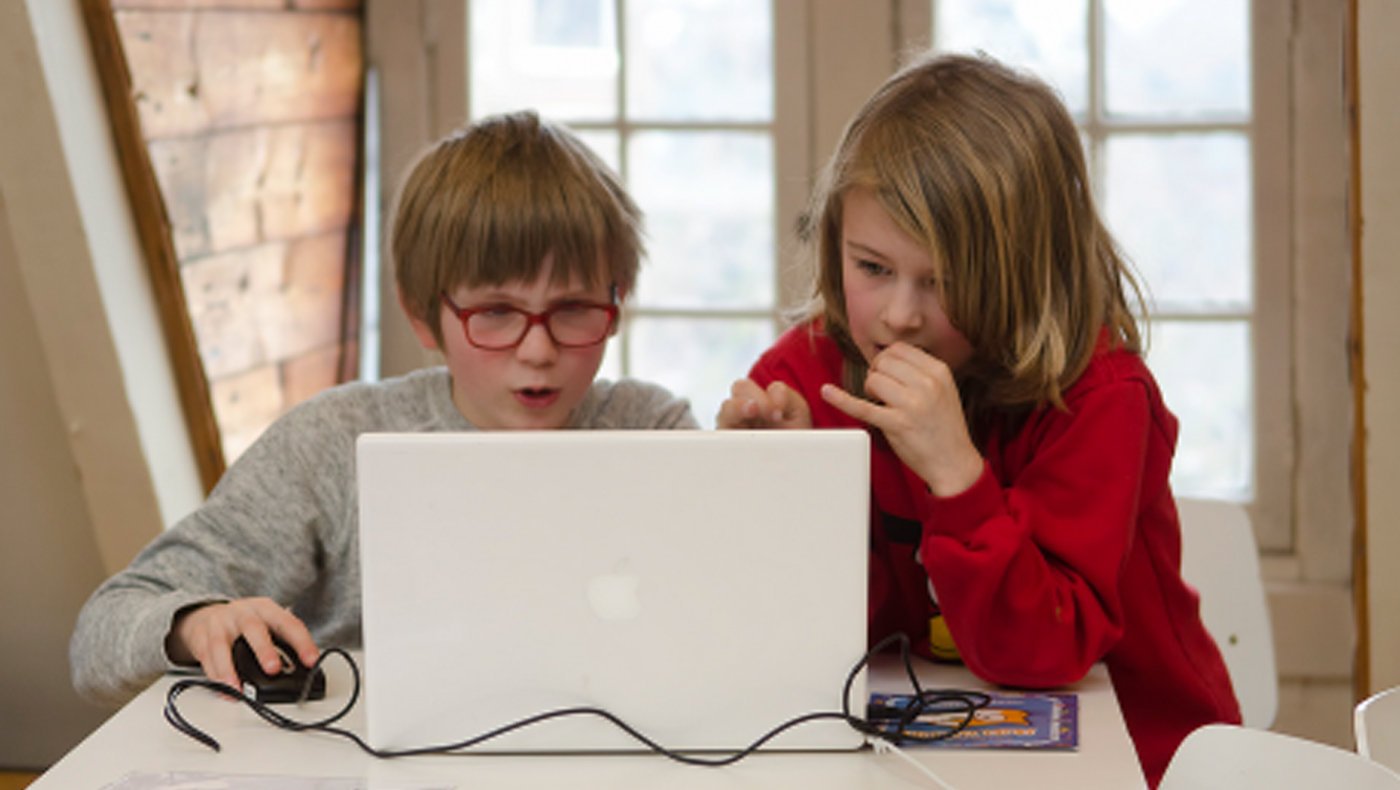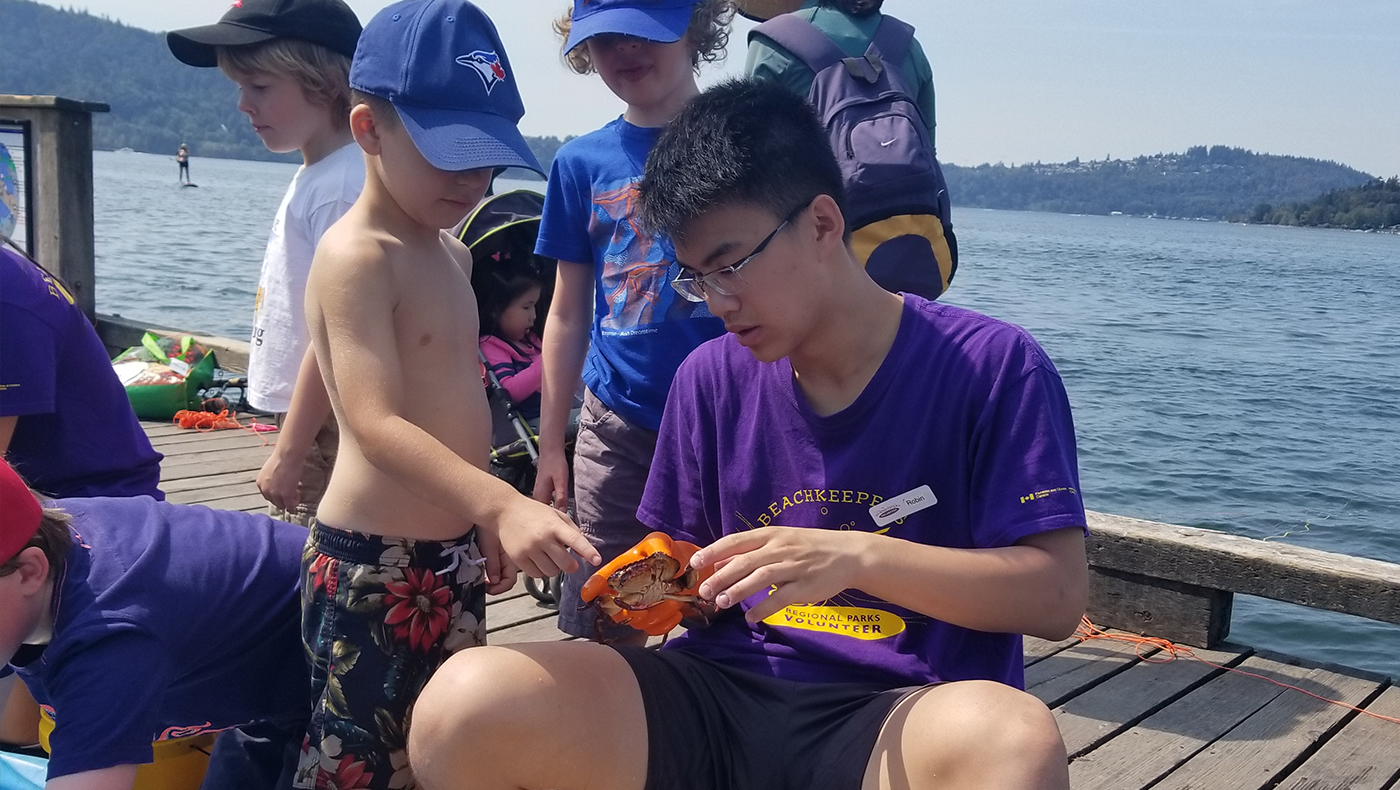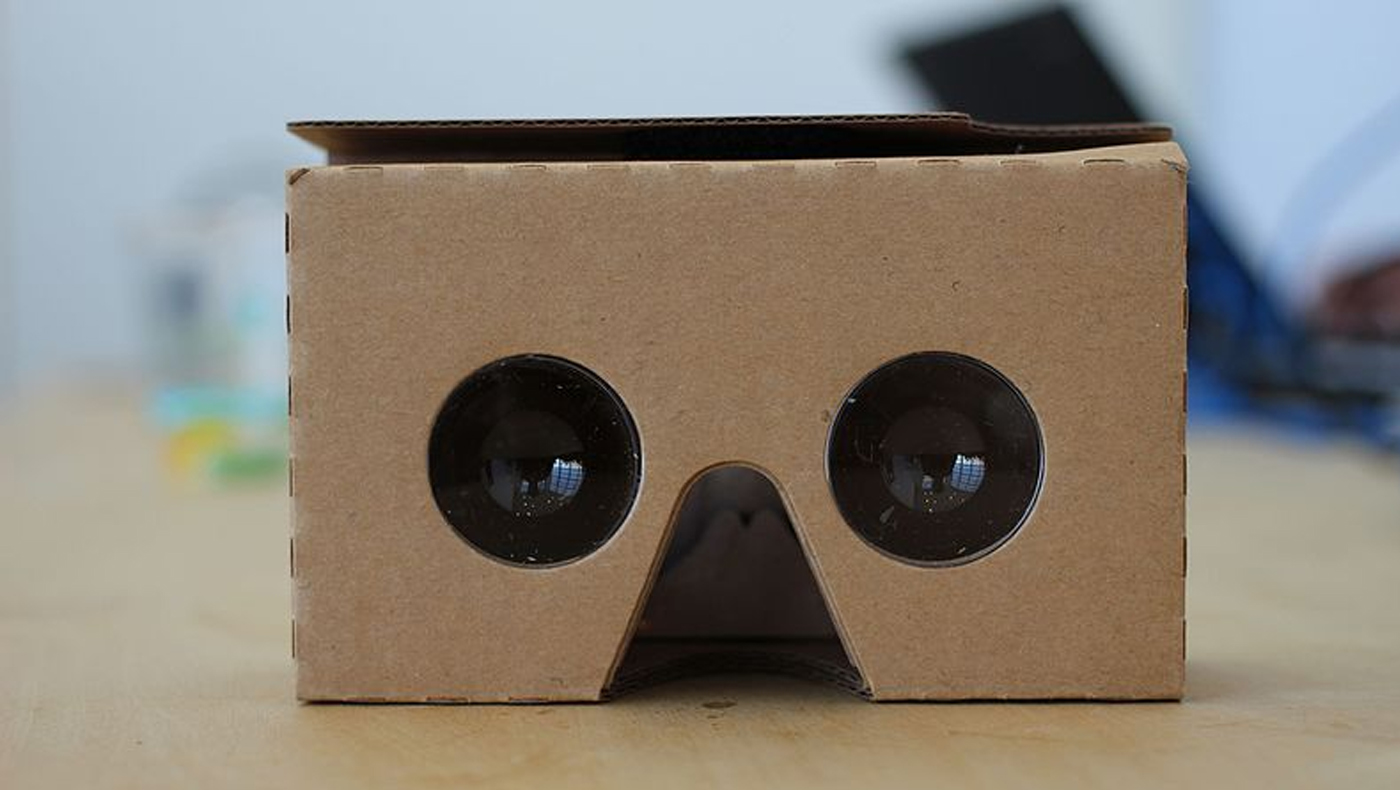

What is the Geography of Education?
The geography of education is a sub-discipline within human geography and considers how educational opportunities, processes, and outcomes vary spatially. In particular, geographers can help answers questions about how educational resources are distributed across different sociodemographic groups, but also how these are embedded within broader social, political, and economic systems.
Research in the geography of education is interdisciplinary, drawing on work from education, psychology, sociology, anthropology, critical race and Indigenous studies, and computer science to name a few!
Digital learning and environmental education are two subjects that intersect with the geography of education. For example, my research focusses on how unequal access to green space may result in different outcomes in students using digital technologies to learn about their local environment.

How Does Geography Impact Environmental Education?
The experiential turn in environmental education has moved students out of the classroom and into nature. Many environmental educators now acknowledge that this is necessary for children to gain first hand knowledge of their local environments so that they can connect this to broader ideas and concepts surrounding topics like climate change, deforestation, etc. In short, a connection to nature, place, and a sense of interdependency with natural systems is key to producing an environmental conscience.
However, children have different levels of access to green space. What if richer students have access to higher quality green spaces than poorer students? What if Black or Indigenous students have less access than white students? Research suggests that this is often the case and it is important to understand how inequitable access to environmental education opportunities impacts outcomes across different sociodemographic groups.

How Does this Intersect with Virtual and Augmented Reality?
Virtual reality can provide children access to locations that may be inaccessible to them due to distance, ability, or safety concerns. While it cannot replace outdoor, experiential education, it may help to overcome some disparities in educational opportunities.
Meanwhile, augmented reality may enhance or promote the outdoor learning experiences that children are taking part in.
However, physical access to these technologies is also impacted by sociodemographic factors and the inequitable distribution of digital technologies within education systems. Further, the question of who is producing VR and AR materials is a major concern. If primarily white, wealthy individuals are developing these materials, different perspectives and ways of knowing the environment are backgrounded. For example, in my research I am concerned about how Indigenous learning materials may be integrated with VR and AR.
Photo Source: Edutopia, Wikimedia Commons, Census Mapper
